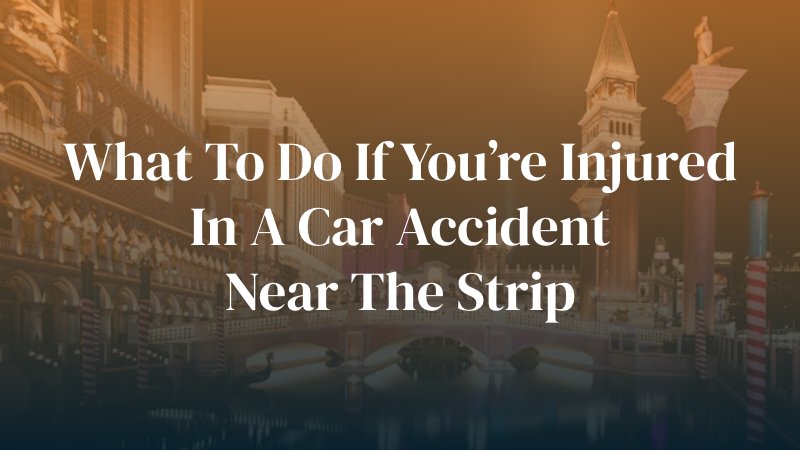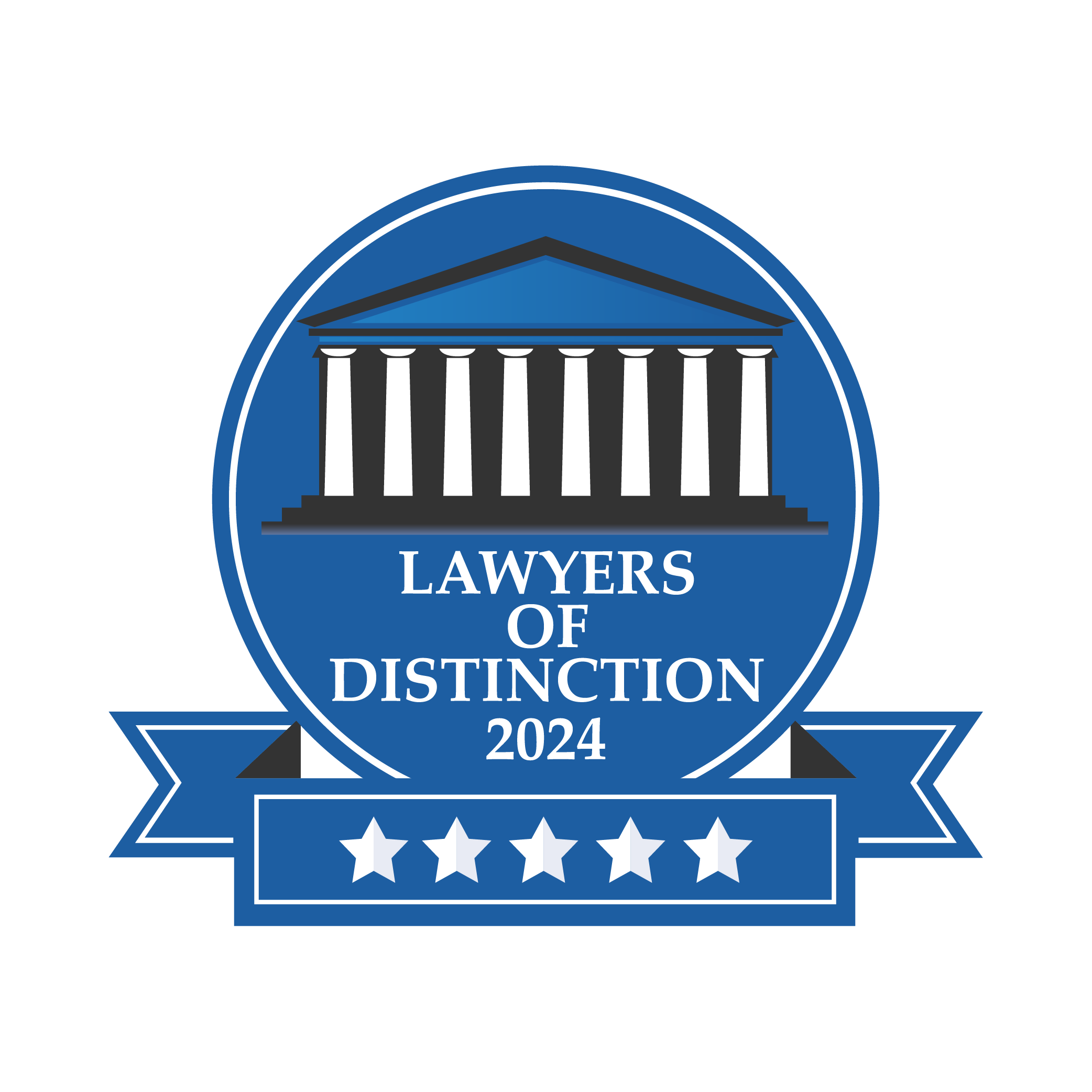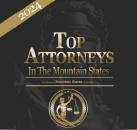The Las Vegas Strip is famous for its heavy traffic, crowded crosswalks, and constant activity day and night – all factors that contribute to a higher risk of accidents. If you’re injured in a car crash near the Strip, the immediate aftermath can feel chaotic and overwhelming due to the congestion and the number of people involved.
Knowing exactly what to do after a collision in this busy part of Las Vegas is crucial for protecting your health, securing evidence, and increasing your chances of recovering fair compensation.

Immediate Steps to Take After the Crash
Taking the right steps immediately after a car accident near the Las Vegas Strip can protect your health, strengthen your injury claim, and help avoid additional problems as traffic builds up. Here’s what you should do right away:
1. Prioritize Safety
Move your car to a safe spot out of traffic if you can, and turn on your hazard lights. Stopping in traffic can put you and others at further risk, especially on busy Las Vegas streets. Moving your vehicle out of harm’s way and using your hazard lights not only prevents secondary accidents, but also makes it easier for emergency vehicles to find you in a crowded area.
2. Call 911
Call 911 to request police assistance and, if necessary, medical help. Stay at the scene, even if the cars aren’t blocking traffic, and wait until officers arrive. Give an honest account of what happened, especially if someone needs medical attention or if there’s significant damage.
3. Seek Medical Attention
Always accept or seek medical help, even if you think you’re unhurt at first. The adrenaline from a crash can hide symptoms, and injuries like whiplash, concussions, or soft tissue injuries might not show up until later. Prompt evaluation from an ER or urgent care facility documents everything in your medical records, which strengthens your case if problems arise in the coming days.
4. Gather Evidence at the Scene
Take clear photographs from multiple angles of the vehicles, the exact crash site, and any nearby landmarks or traffic controls, such as signs or stoplights. Document your visible injuries and anyone else’s that you observe. If bystanders saw the accident, get their names and contact details. They can confirm your version of events if a dispute later arises.
5. Exchange Information
Calmly ask the other drivers for their information – driver’s license, insurance policy, and phone number. Be thorough, but polite.
6. Avoid Admitting Fault
Speak carefully when recounting events to the police, insurance adjusters, or the other drivers involved. Avoid apologizing or making any statements (such as “I didn’t see you”) that could be misinterpreted as taking the blame. Just stick to the underlying facts and let investigators determine what happened. By being thorough and cautious during the moments right after an accident, you can protect yourself and your legal rights moving forward.
Long-Term Steps to Protect Your Health and Legal Rights
There are other steps that you need to consider taking once the immediate aftermath is handled. Here’s what you should continue to focus on once you’ve left the accident scene:
1. Notify Your Insurance Company
Call your insurance provider as soon as possible to report the accident. Stick to the basic facts about when and where the crash happened and who was involved. Avoid giving detailed statements about the cause or admitting fault, and never agree to a recorded interview without seeking legal advice first. Insurance companies may try to use your words against you later, so protect yourself by keeping things short and factual.
2. Keep All Medical Records and Receipts
Thoroughly documenting your care is critical. Save hospital bills, receipts for prescriptions, doctors’ notes, instructions, and physical therapy documents. Organize your medical information chronologically so it’s easy to prove the links between the accident, your injuries, and your treatment. Having clear medical records is important when negotiating with insurers or building your case in court.
3. Watch for Delayed Symptoms
Don’t ignore any new pain or unusual symptoms that develop in the days following the collision. Common crash injuries like whiplash, brain trauma, or emotional distress (such as PTSD or anxiety) might not appear right away. Go back to your doctor, ER, or urgent care for evaluation if you notice anything new. This not only protects your health – it helps document how your injuries were directly related to the car accident.
4. Avoid Social Media
Refrain from sharing any details about the accident, your injuries, or your recovery on social media. Insurance companies frequently monitor Facebook, Twitter, and Instagram for posts or photos that might downplay the severity of your injuries or contradict your claims. Even a harmless post could be misinterpreted and used against you in settlement discussions or court.
5. Contact a Las Vegas Personal Injury Lawyer
Hiring a lawyer with experience handling accidents near the Las Vegas Strip gives you a clear advantage. Local attorneys know how traffic patterns, casino security cameras, and multiple insurance policies can complicate crash investigations. Your Las Vegas personal injury attorney can manage evidence, negotiate with insurance adjusters, and fight for the maximum compensation you’re entitled to.
6. Understand What Compensation You May Be Owed
It’s important to know all the types of compensation you could claim after a car accident near the Strip. You may be entitled to more than just payment for vehicle repairs or initial medical bills. Compensation can also cover ongoing medical treatment, physical therapy, and prescription medications required for your recovery.
Additionally, you might recover lost wages if your injuries keep you from working, as well as damages for pain and suffering or emotional distress caused by the accident. In some cases, you could seek reimbursement for out-of-pocket expenses and loss of future earning potential. Understanding the full range of damages available helps ensure you don’t settle for less than you truly deserve.
Contact Valiente Mott Injury Attorneys in Las Vegas for a Free Consultation
By following these long-term steps, you protect both your health and your legal rights in the challenging period after a car accident near the Strip. Our firm can help you get the compensation and justice you deserve if you were injured because of someone else’s negligence. Contact the Las Vegas car accident attorneys at Valiente Mott today to schedule a free consultation.

